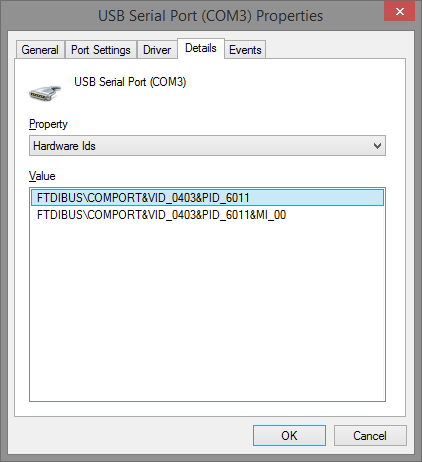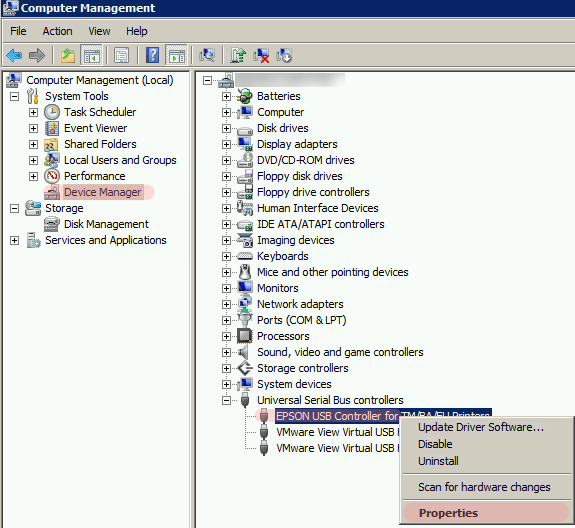

#Usb vid_ code
The device class code, subclass code, and protocol code are determined by the bInterfaceClass, bInterfaceSubClass, and bInterfaceProtocol fields of the interface descriptor, respectively. Z(2) is the interface number that is extracted from the bInterfaceNumber field of the interface descriptor.Īn INF model section can also specify the following compatible IDs:ĭ(2) is the device class code taken from the device descriptor.
#Usb vid_ driver
The Generic Parent driver then creates a separate PDO and generates a separate set of hardware identifiers for each interface of the composite device.Įach interface has a device ID of the following form: However, if no other match is found, the operating system uses the compatible ID USB\COMPOSITE, for which it loads the USB Generic Parent driver. If it finds a match other than USB\COMPOSITE, it loads the driver indicated in the INF file. After querying the hub driver for the hardware identifiers associated with the new PDO, the operating system searches the appropriate INF files to find a match for the identifiers.
#Usb vid_ windows
Starting with Windows 2000, when a new USB composite device is plugged into a computer, the USB hub driver creates a physical device object (PDO) and notifies the operating system that its set of child devices has changed. Multiple-Interface USB Devicesĭevices with multiple interfaces are called composite devices.

The device class code, subclass code, and protocol code are determined by the bDeviceClass, bDeviceSubClass, and bDeviceProtocol fields of the device descriptor, respectively. The hub driver extracts the vendor and product codes from the idVendor and idProduct fields of the device descriptor, respectively.Īn INF model section can also specify the following hardware ID:Ĭ(2) is the device class code taken from the device descriptor. V(4) is the 4-digit vendor code that the USB committee assigns to the vendor.ĭ(4) is the 4-digit product code that the vendor assigns to the device. When a new USB device is plugged in, the system-supplied USB hub driver composes the following device ID by using information extracted from the device's device descriptor:


The set of identifiers generated for USB devices depends on whether the device is a single-interface device or a multiple-interface device.


 0 kommentar(er)
0 kommentar(er)
